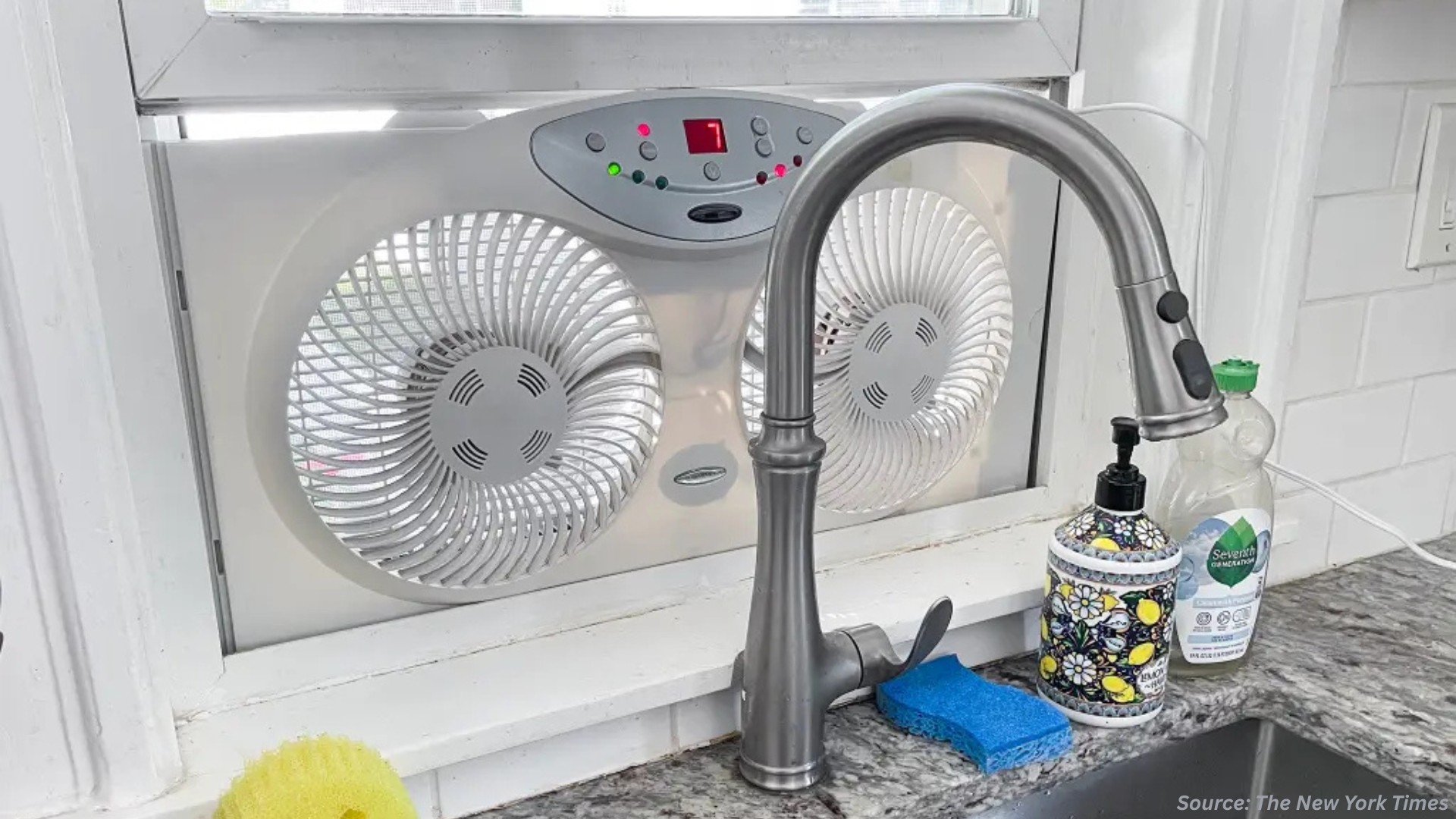South Korea elevator market is expected to reach USD 2.97 Billion by 2030
Published: 2025-01-07
The rising technological advancements in elevator industry within the region is driving the demand for the South Korea elevator market during the forecast period.
South Korea Elevator Market size was valued at USD 1.46 billion in 2023, and is predicted to reach USD 2.97 billion by 2030, at a CAGR of 9.5% from 2024 to 2030, according to new research by Next Move Strategy Consulting. The elevator market is growing due to South Korea's thriving technology sector, which propels the advancement of state-of-the-art elevator systems incorporating enhanced safety features and smart technologies, thus driving market expansion. This technological progress attracts both domestic and international clientele.
For instance, in February 2021, Hyundai Elevator Co., Ltd. unveiled the N:EX elevator, a smart product equipped with contactless technology that enables smartphones to track movements and summon the elevator without pressing a button. Additionally, the aging infrastructure in many buildings necessitates the modernization and renovation of elevators, creating opportunities for manufacturers and service providers to offer maintenance, repair, and modernization solutions. Collectively, these factors contribute to the growth of the elevator market in South Korea.
Moreover, the elevator market is driven due to the increasing population density in urban areas, which has led to a heightened demand for vertical transportation solutions. By 2022, around 81.4% of South Korea's population was situated in urban centers. This demographic trend coincides with the urban sprawl, characterized by the proliferation of high-rise buildings, commercial developments, and residential towers. Consequently, the need for elevators has become more pronounced, as they serve a pivotal function in enabling mobility and accessibility within contemporary urban landscapes.
However, the expenses associated with installing, maintaining, and upgrading elevators present significant hurdles to market expansion. The initial capital required for installing elevator systems, especially in buildings not originally designed for such infrastructure, can impose a considerable financial strain on building owners and developers. Additionally, ongoing expenses linked to maintenance contracts, which entail regular inspections and repairs, further contribute to the overall ownership expenditure.
On the other hand, the integration of AI-powered predictive maintenance in the elevator sector offers a promising pathway, harnessing AI to transform maintenance and management practices. Through the analysis of data obtained from elevator sensors, AI algorithms can predict maintenance needs in advance, thereby reducing downtime and enhancing the operational efficiency of elevators. This proactive approach not only extends the lifespan of elevator components but also enhances safety measures by preventing unforeseen breakdowns. It optimizes resource allocation, resulting in significant cost savings for elevator companies.
Additionally, well-maintained and dependable elevators contribute to heightened user satisfaction, thereby enhancing the overall experience for building occupants and visitors. Embracing AI-driven predictive maintenance enables elevator firms to remain competitive and maintain superior service quality amidst a rapidly evolving market landscape.
Request for a Sample PDF on the South Korea Elevator Market
Several market players operating in the South Korea elevator market include Otis Elevator Company, TK Elevator (TKE), HM Elevator, Fujitec Co. Ltd, Hyundai elevator Co. Ltd, Mitsubishi Electric Corporation, Toshiba Corporation, Wittur, GYG Elevator, SILVER Elevator Korea Co., Ltd and others.
Key Insights from the South Korea Elevator Market Report:
-
The information related to key drivers, restraints, and opportunities and their impact on the South Korea elevator market is provided in the report.
-
The value chain analysis in the market study provides a clear picture of the roles of each stakeholder.
-
The market share of players in the South Korea elevator market is provided in the report along with their competitive analysis.
















Add Comment